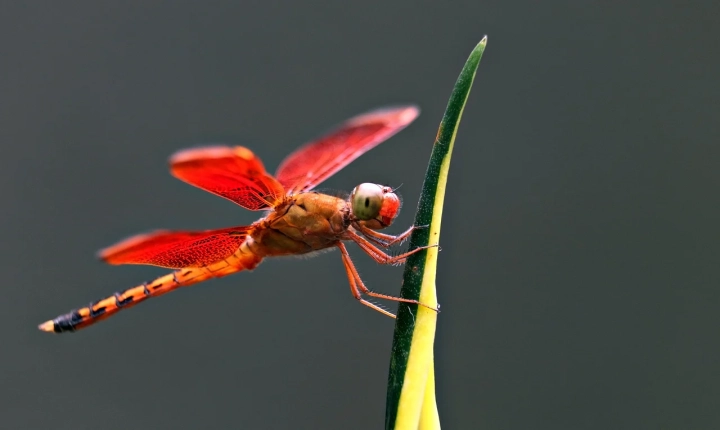AI Painting: A Glimpse into the Future of Art
Artificial Intelligence (AI) has been revolutionizing various industries, and the world of art is no exception. With the advancements in machine learning and deep learning, AI painting has emerged as a fascinating and intriguing field that is pushing the boundaries of creativity and innovation. This article aims to provide an insight into how AI painting works, the impact it has on the art world, and the potential future implications.
The core of AI painting lies in the utilization of neural networks, a type of computational model inspired by the human brain. These neural networks are trained on vast datasets of art, including paintings from renowned artists, art movements, and diverse styles. Through this training process, AI systems learn to analyze and understand the visual elements, colors, composition, and other aspects that constitute a painting. This knowledge enables the AI to generate original artwork, mimicking the styles it has been exposed to during its training.
One of the most prominent techniques used in AI painting is Generative Adversarial Networks (GANs). GANs consist of two neural networks, the generator, and the discriminator, which work in tandem to create and evaluate images. The generator creates new artwork, while the discriminator assesses the authenticity of the generated images. Through continuous iterations, GANs refine and improve the quality of the generated art, ultimately producing compelling and visually stunning pieces.
Another key method in AI painting involves style transfer, where a neural network is trained to apply the aesthetic style of one painting to another image. This process allows for the creation of entirely new artworks that blend the characteristics of different styles, providing unique and captivating results.
The impact of AI painting in the art world is multifaceted. It provides a platform for experimentation and exploration, allowing artists and creators to collaborate with AI systems to produce novel and thought-provoking works. AI painting also challenges traditional notions of authorship and creativity, raising philosophical questions about the role of technology in the artistic process.
Furthermore, AI painting has the potential to democratize art creation by providing accessible tools for individuals to express their creativity, regardless of their artistic background. This accessibility opens doors for a more diverse range of voices and perspectives in the art world, fostering inclusivity and innovation.
Looking towards the future, AI painting may continue to evolve and intersect with other technologies, such as augmented reality and virtual reality, offering immersive and interactive artistic experiences. Additionally, ethical considerations surrounding AI-generated art, such as copyright and attribution, will need to be addressed as AI systems become more proficient at generating indistinguishable art from human-created pieces.
In conclusion, AI painting represents a paradigm shift in the art world, redefining the boundaries of artistic expression and creativity. As technology continues to advance, the synergy between AI and art holds the promise of unlocking new forms of artistic inspiration and pushing the frontiers of visual representation. Whether it evokes awe, contemplation, or debate, AI painting undeniably embarks on a journey that unfolds the intricate relationship between human ingenuity and machine intelligence.
